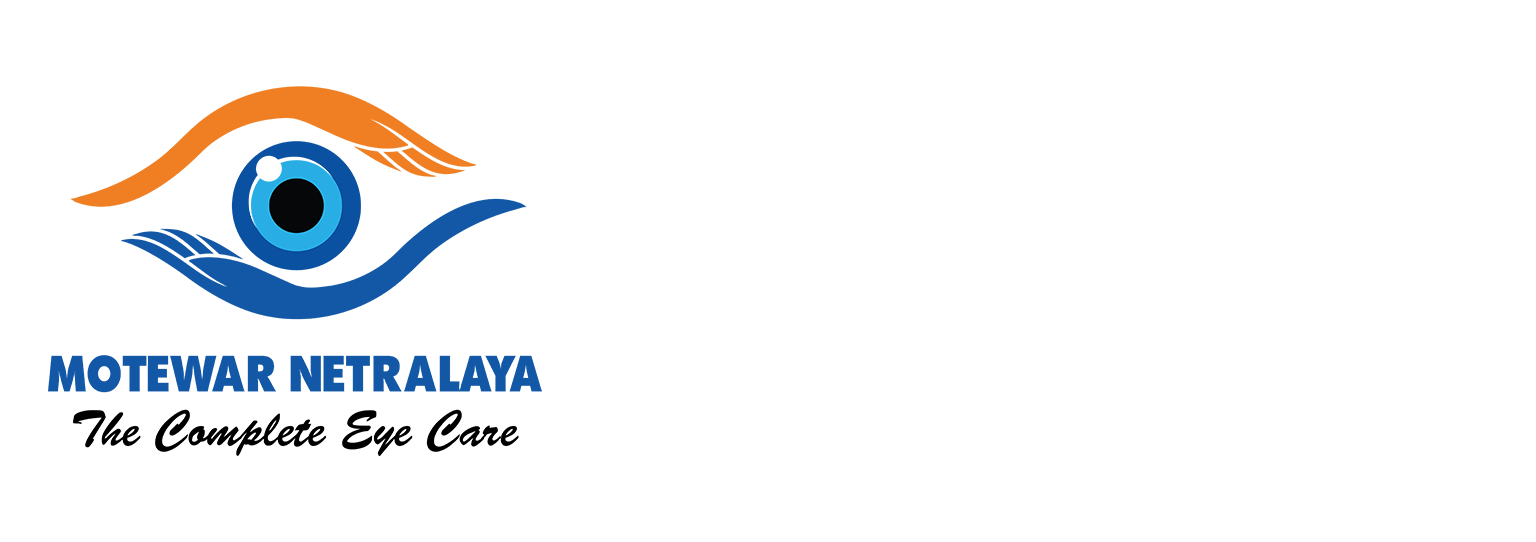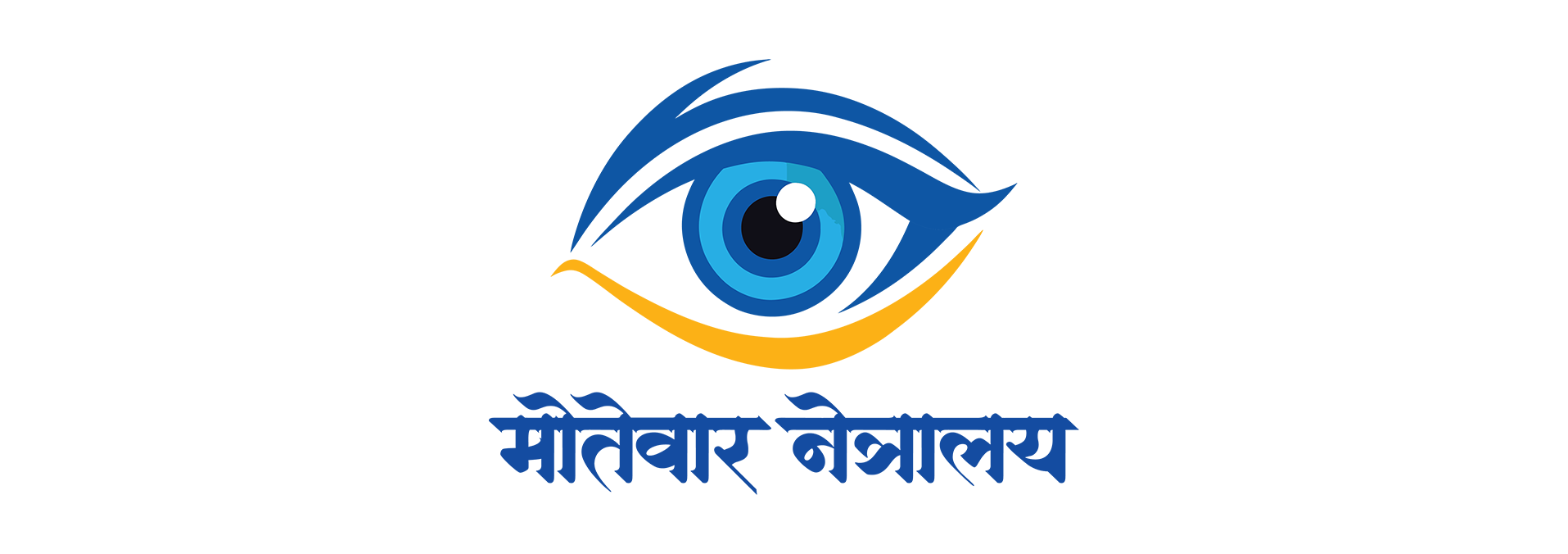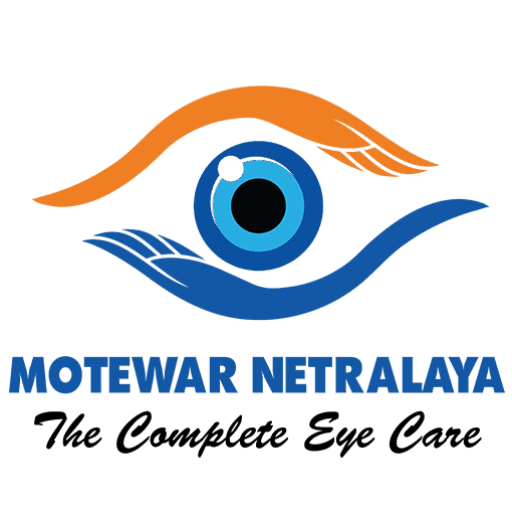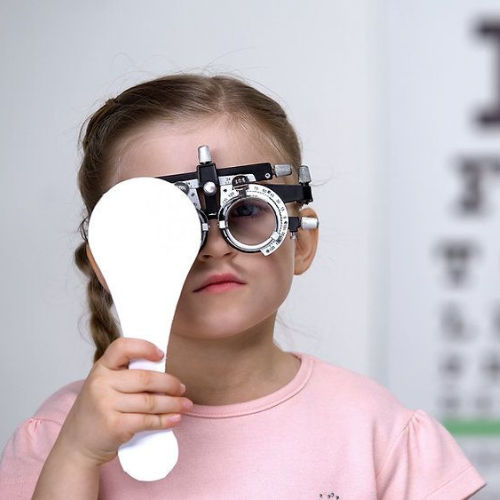
What are the Children's eye diseases?
At Motewar Netralaya we provide treatment for an extensive range of pediatric eye problems such as sight-threatening conditions like pediatric glaucoma, cataract and congenital opacities of the cornea.
We also have comprehensive services in:
- The management of squint, double vision and other disorders of eye alignment and movement, both in children and adults
- The management of amblyopia or lazy eyes
- Refraction in young children using eyedrops (cycloplegic refraction) for those who have difficulty getting a good refraction.
- General eye problems such as eye sore, allergic conjunctivitis and lumps on the eyelids (stye and chalazion)
- Providing pediatric ophthalmology consultation to doctors in the pediatric departments.
What is Squint?
Squint or strabismus is a misalignment of the eyes so that the eyes do not point in the same direction. Squint can itself lead to amblyopia or lazy eye. More importantly squint if present since childhood can itself lead to loss of three dimensional vision or depth perception (stereopsis). Many cases can be treated with glasses. Orthoptic exercises are useful in some cases. Prism trials can be used as a temporary or permanent measure. Squint can itself lead to cosmetic disfigurement, in addition in children there is a risk of amblyopia.
Under such circumstances, it is important that one corrects the squint early. In addition there is a beneficial effect of correction of squint even in older adults as there is improvement in binocular vision. The simplicity and ease of surgery means some patients start work the next day after surgery. The results are very good with a proper clinical assessment and surgery.
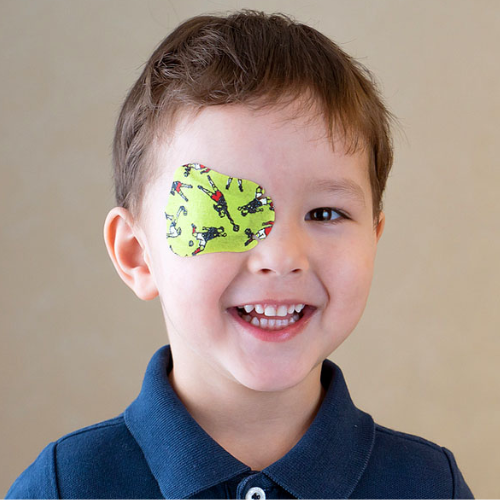
Pediatric ophthalmology deals with eye diseases and vision care in children. Specialists manage disorders like crossed eyes, lazy eye, and other pediatric eye conditions.
- Infections (Conjunctivitis).
- Strabismus or Squint is a misalignment of the eyes
- Amblyopia or Lazy eye occurs when the vision of one eye is significantly better than the other eye and the brain begins to rely on better eye and ignore the weaker one.
- Blocked tear ducts.
- Ptosis- Drooping or falling of upper eye lid
- Retinopathy of prematurity often seen in premature babies
- Nystagmus
- Visual inattention
- Pediatric cataracts
- Pediatric glaucoma
- Abnormal vision development
- Genetic disorders often cause eye problems for affected children.
- Congenital malformations affecting vision or the tear drainage duct system
- Orbital tumours
- Refractive errors such as myopia (near-sightedness), hyperopia (far-sightedness) and astigmatism can often be corrected with prescriptions for glasses or contacts.
- Accommodative insufficiency
- Convergence insufficiency and asthenopia
- Evaluation of visual issues in education, including dyslexia and attention deficit disorder.
Types of Squint
Esotropia (convergent squint)
Convergent squint can be corrected many a times by glasses. Early correction is recommended especially in the convergent squints as there is a higher risk of amblyopia and loss of binocularity.
Esotropia (convergent squint)
Divergent squint can again be corrected with glasses, but more commonly needs surgery.
Vertical squints are tackled especially in cases of superior oblique muscle palsy or Brown Syndrome and need proper planning, surgery is however easy to perform.
What are the signs and symptoms of a squint (strabismus)?
- One of the eyes does not look straight ahead, but veers.
- Infants (newborns) may go cross-eyed, especially if they are tired. This does not mean they have a squint. Concerned parents should check with their doctor.
- If you notice that your child has one eye closed, or turns his/her head when looking at you, this could be a sign of double vision, and a squint is possible. Check with your doctor.
What are the causes of a squint (strabismus)?
- Congenital or Heriditory. In the majority of cases, people are either born with strabismus or develop it during their first six months after birth.
- Due to some Refractive Errors [If the Child has a Spectacles] as the child may turn the affected eye inward in order to get a better focus.
- Associated Neurological Conditions [ Brain Disorders]
- Viral infections, such as Measles
What are the treatment options for a squint (strabismus)?
A diagnosed squint needs prompt treatment, otherwise there is a serious risk of complications, such as amblyopia (lazy eye). The younger the patient is, the more effective treatment is likely to be.
Glasses – if the child is found to hypermetropia (long-sightedness), they will be prescribed glasses which usually solve the squint.
Eye patch – this is worn over the good eye to get other eye, the one with the squint, to work better.
Orthoptic Exercises – The doctor may also prescribe eye drops, and get the patient to do specific eye exercises.
Botulinum toxin injection (Botulinum) – this is injected into a muscle on the surface the eye. The doctor may recommend this treatment if no underlying cause can be identified, and if signs and symptoms come on suddenly. The injected muscle is weakened temporarily, which often helps the eyes to align properly.
Surgey – surgery is only used when other treatments have not been effective.can restore binocular vision, as well as realign the eyes. The surgeon moves the muscle that connects to the eye to a new position – sometimes both eyes need to be operated on to get the right balance.
The simplicity and ease of surgery means some patients start work the next day after surgery. The results are very good with proper clinical assessment and surgery.
Frequently Asked Questions
Pediatric ophthalmology focuses on eye diseases and vision care in children, including the management of squint (strabismus) and other eye conditions.
Common childhood eye disorders include squint (strabismus), lazy eye (amblyopia), refractive errors (nearsightedness, farsightedness, astigmatism), congenital eye abnormalities, and eye injuries.
Treatment for squint may include corrective glasses, eye exercises, patching therapy, or in some cases, surgery to realign the eyes.
It's recommended to consult a pediatric ophthalmologist if you notice any signs of eye misalignment, reduced vision, or other abnormalities in your child's eyesight. Early intervention can often lead to better outcomes.
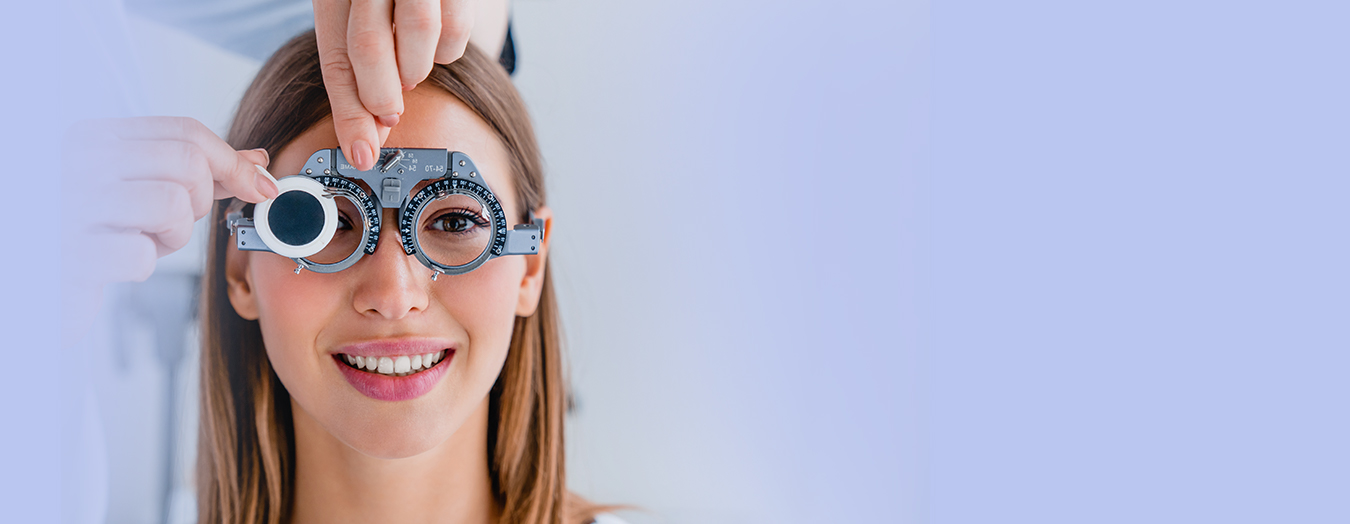
Motewar Netralaya
Eye Services – That You Can Trust
Cataract and Premium Lens Implant
We offer advanced cataract removal using the latest phacoemulsification technology, ensuring maximum safety, precision, and effectiveness, along with premium lens implant options for enhanced vision quality.
Children’s Eye Check-up
Children should ideally have their eyes examined between the ages of 5 and 6. An eye check-up becomes essential if your child shows signs such as excessive watering, eye discharge, squint, or difficulty in reading.

Glaucoma Screening
Diabetic eye disease is one of the leading causes of blindness in India. Our centre is fully equipped to diagnose and treat all types of retinal conditions, offering advanced medical care and surgical solutions.
Comprehensive Eye Examination
Experience a fully computerized and automated eye check-up using the advanced TOPCON Phoropter—offering precision, accuracy, and the latest in cutting-edge vision testing technology.
WHY CHOOSE Motewar Netralaya For Glaucoma Treatment in Nanded
Motewar Netralaya is staffed by a team of two highly experienced surgical ophthalmologists. In addition to providing routine eye care, their expertise extends to advanced procedures including vitreoretinal surgeries, laser treatments, and corneal surgeries.
Our hospital is backed by a team of skilled and experienced optometrists, nursing professionals, and trained machine operators who work hand-in-hand with our doctors. In addition, our non-medical staff is well-trained in hospital operations and patient care, ensuring smooth and efficient service at every step.
At Motewar Netralaya, we understand that medical concerns can bring stress and anxiety. That’s why we strive to maintain a warm and welcoming atmosphere, encouraging patients to feel comfortable, relax, and openly share their concerns.
Motewar Netralaya is equipped with cutting-edge ophthalmic technology, including the MEL-90 — the world’s fastest LASIK machine, YAG laser for treating opacities and performing iridectomies, and the Carl Zeiss Green Laser Visulas. These, along with several other state-of-the-art devices, ensure precision, safety, and superior patient outcomes.
We are located on Doctor's lane, near ST Bus Stand, Doctor Lane, Khadakpura, Nanded, Nanded-Waghala, Maharashtra 431601 in Nanded. By-lanes in the vicinity ensure sufficient parking space.
For the convenience of our patients, we have an in-house optical store and medical shop within the same premises. These facilities provide a one-stop solution, ensuring easy access to eyewear and prescribed medications under one roof.
Book an Eye Care Appointment Today

Contact Motewar Netralaya
Get in touch with Motewar Netralaya for expert eye care and advanced laser treatments.
Request a Consultation
Contact Form
Protect Your Vision – Consult Our Experts at Motewar Netralaya
Contact today and see the difference. if you have any questions call us on 02462 358 953
